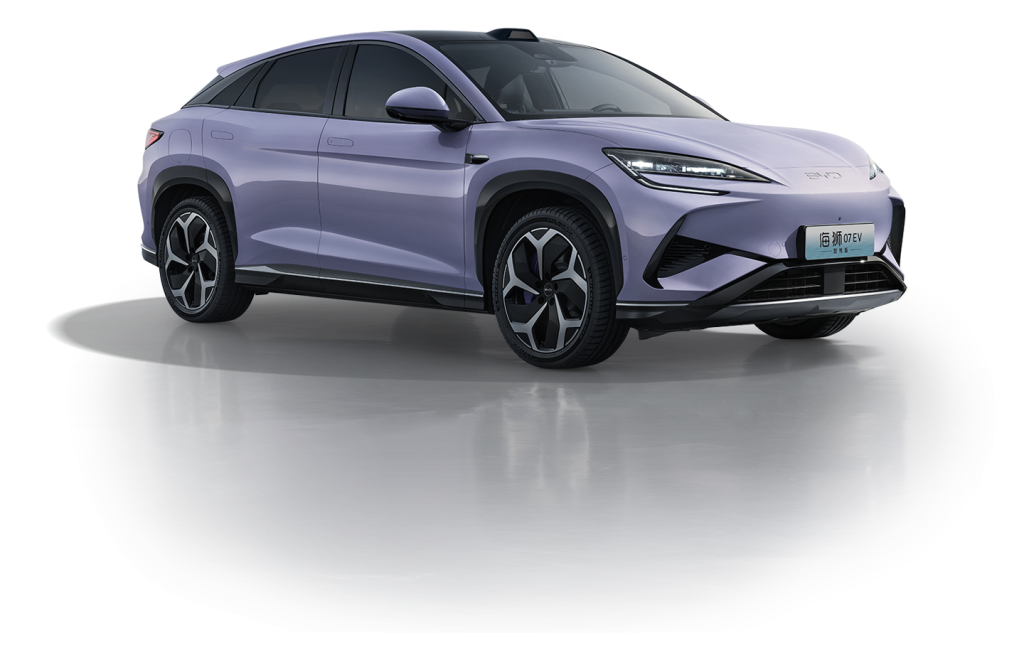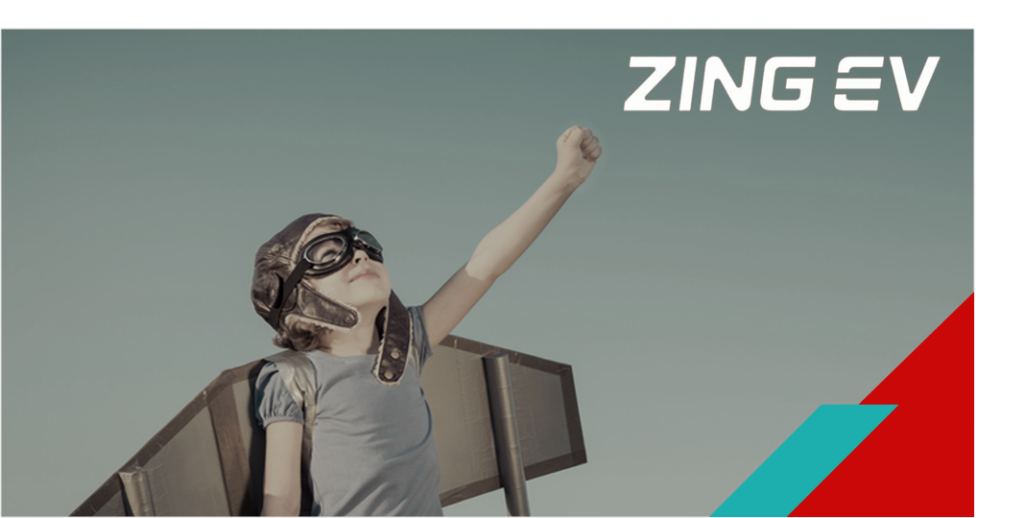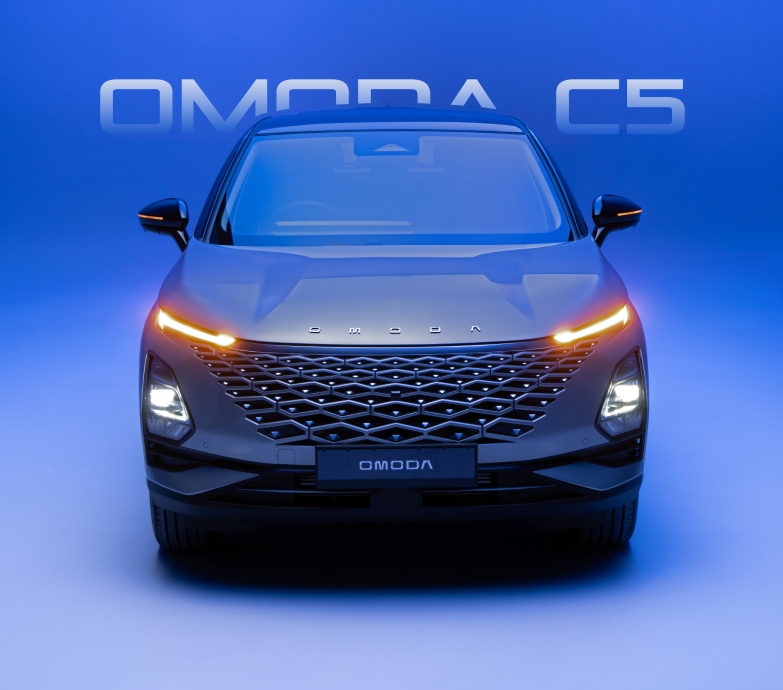The Clash Between “Wow Factor” and Daily Usability
Mr. Zhao, a father of two from Zhengzhou, didn’t mince words when evaluating pop-out dashboard screens in NEVs: “A gimmick that’ll collect dust.” His skepticism reflects a broader tension in China’s EV market. While automakers cram vehicles with laser radars, rotating screens, and light shows, our focus group studies reveal consumers are pushing back—70% of rejections for tech-heavy models cite concerns over long-term reliability and real-world utility.
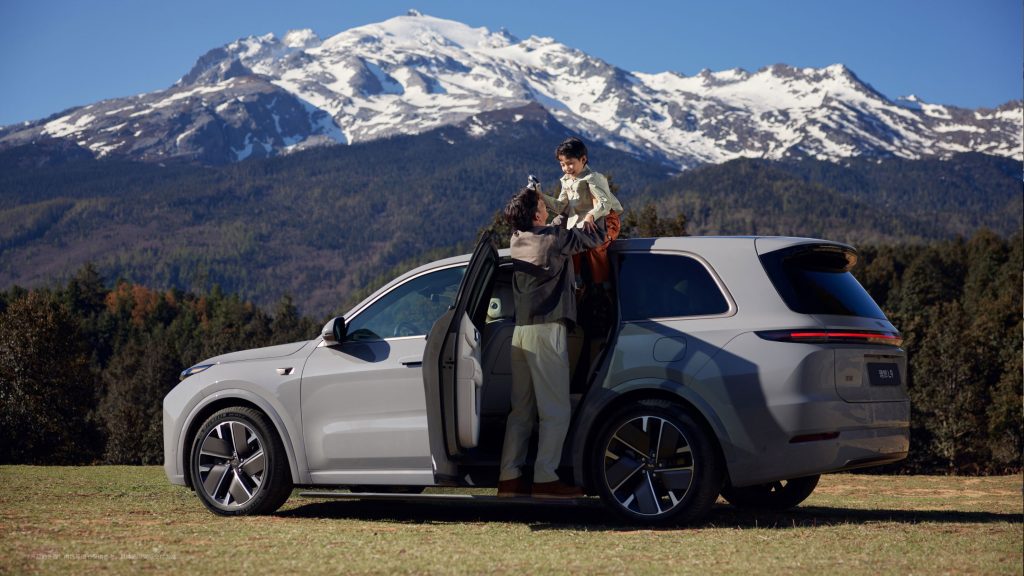
What Works: High-Value Tech
- Head-Up Displays (HUDs)
- Ideal L9 owner: “After two weeks, I stopped missing physical gauges. Speed, navigation, and blind-spot alerts appear without glancing down.”
- Data: 92% testers preferred HUDs over analog clusters when brightness exceeded 75,000 nits (McKinsey, 2023).
- Functional Ambient Lighting
Indirect lighting (e.g., door-pocket LEDs) scored 4.8/5 for enhancing nighttime usability without distraction—unlike flashy RGB strips dubbed “nightclub aesthetic” by participants.
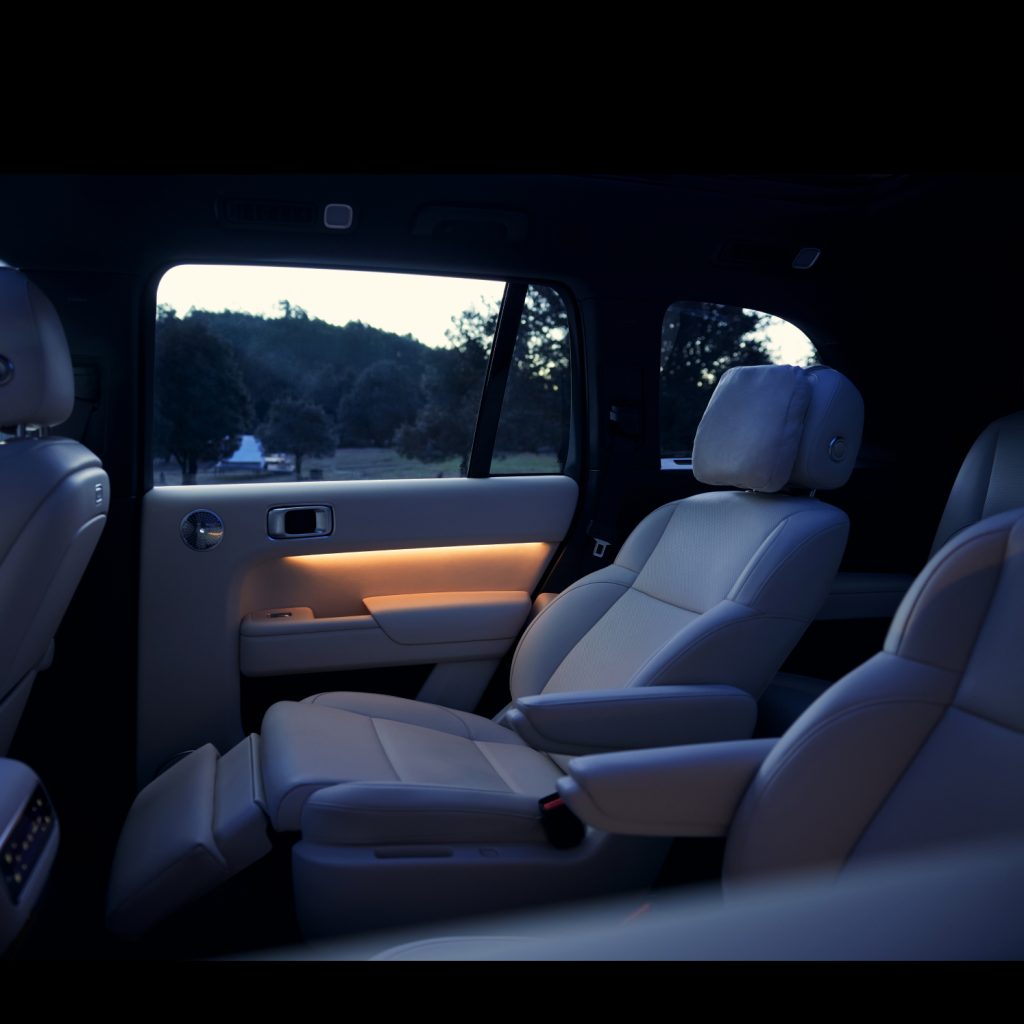
What Flops: Tech in Search of a Problem
- Retractable Screens: Three GL8 owners called these “reliability nightmares,” fearing motor failures akin to “early-2000s power windows—expensive to fix.”
- Roof-Mounted Lidars: “A 2cm protrusion blocks sightlines when parking,” noted a Xi’an architect, highlighting how design can undermine functionality.
The “8848 Phone” Phenomenon
Participants compared excessive tech to 8848 phones—a luxury Chinese brand known for titanium frames and gem-embedded dial pads that prioritize conspicuousness over utility. As one car driver feedback to us: “Does my car’s AI need to recite poetry? Or just reliably spot pedestrians?”
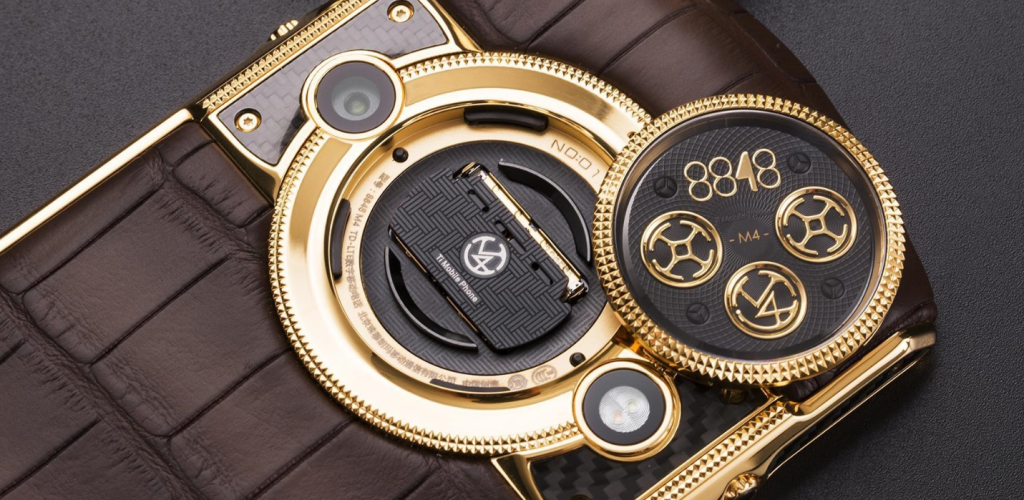
User-Centric Insights
- Second-Row Screens: While VR headsets wowed initially, parents rejected them due to motion sickness (“Road trips become hazmat drills”). Fixed ceiling screens prevailed.
- Zero-Gravity Seats: Payment willingness peaked at $1,500—but only if integrated with climate control and privacy shades for holistic respite.
Strategic Takeaways for OEMs
- Prioritize “Invisible Tech”: Features like silent-cooling batteries boost repurchase intent (+34% NPS, verified via J.D. Power 2023 post-purchase surveys).
- Design for Degradation: Consumers assume moving parts (e.g., retractable handles) will fail. Over-engineering with waterproof brushless motors reduces backlash.
As Mr. Zhao adjusted his L9’s HUD, he summarized: “Good tech feels like air conditioning—essential, silent, and just there when needed.” For automakers, that’s the true benchmark.
References
- Ipsos China. (2022). NEV Consumer Tech Preference Focus Groups (Zhengzhou/Xi’an).
- McKinsey & Company. (2023). HUD Adoption in China’s NEV Market.
- J.D. Power. (2023). China NEV Experience Study (Post-Purchase NPS Metrics).
Contact the author: jason.huang@bwing.com.cn

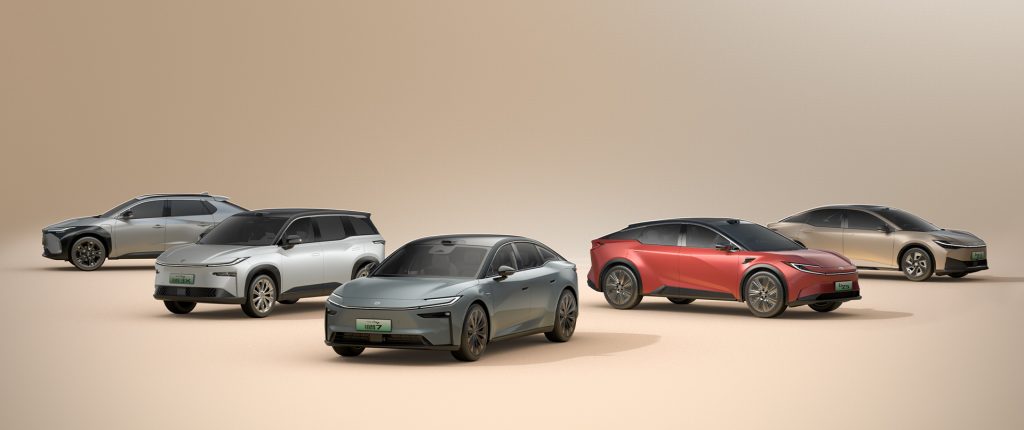
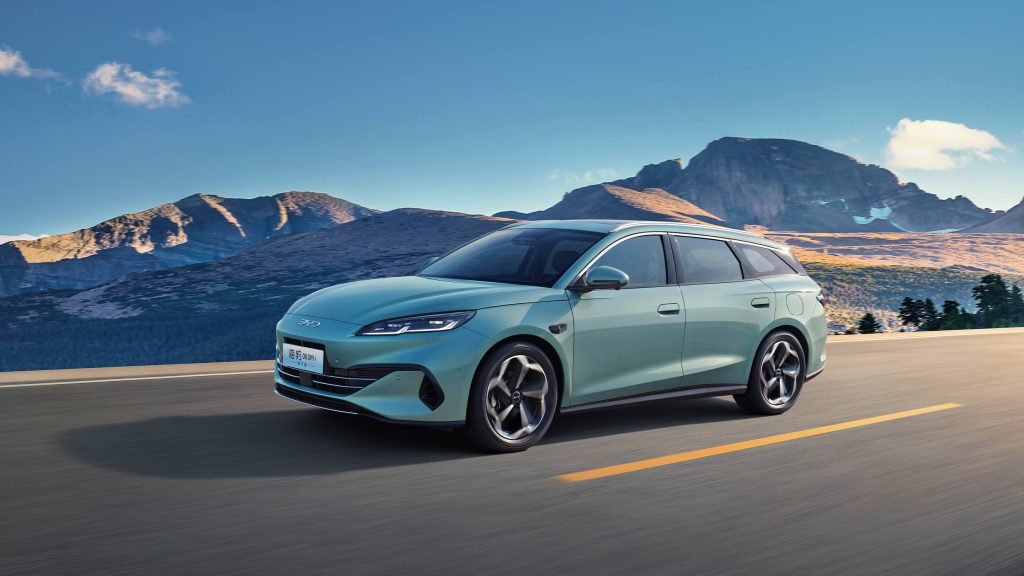
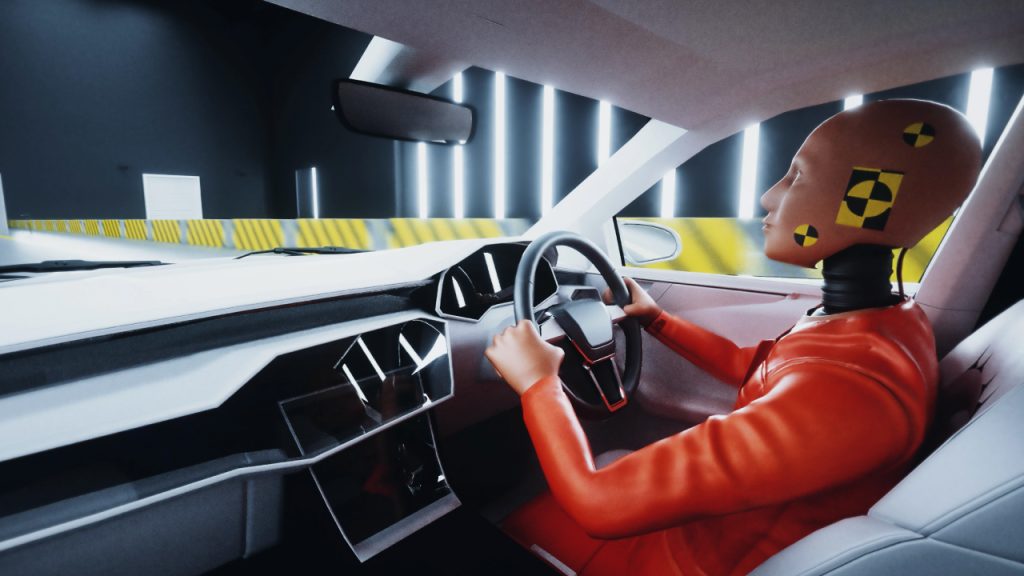

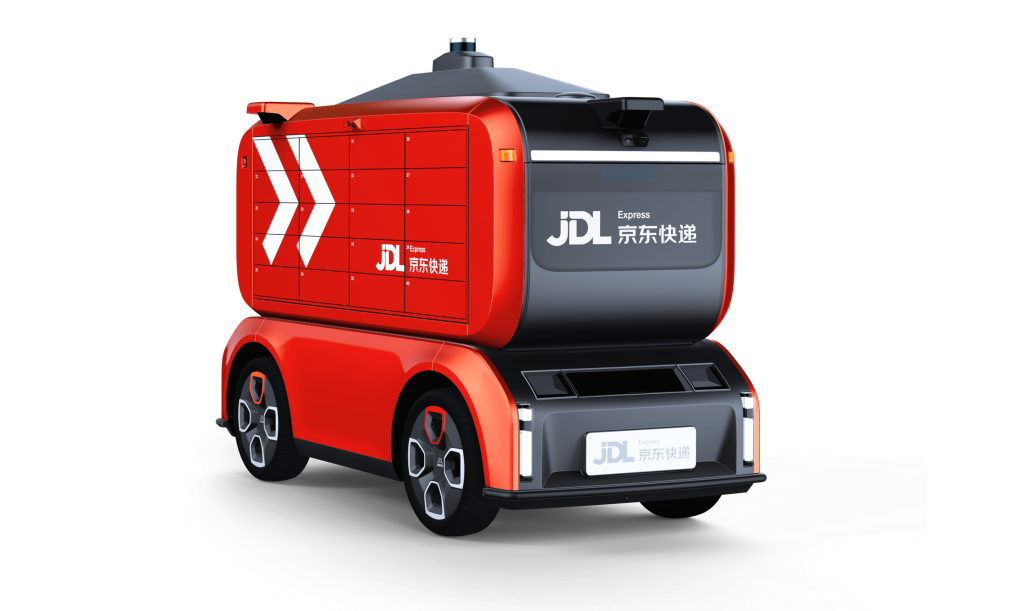
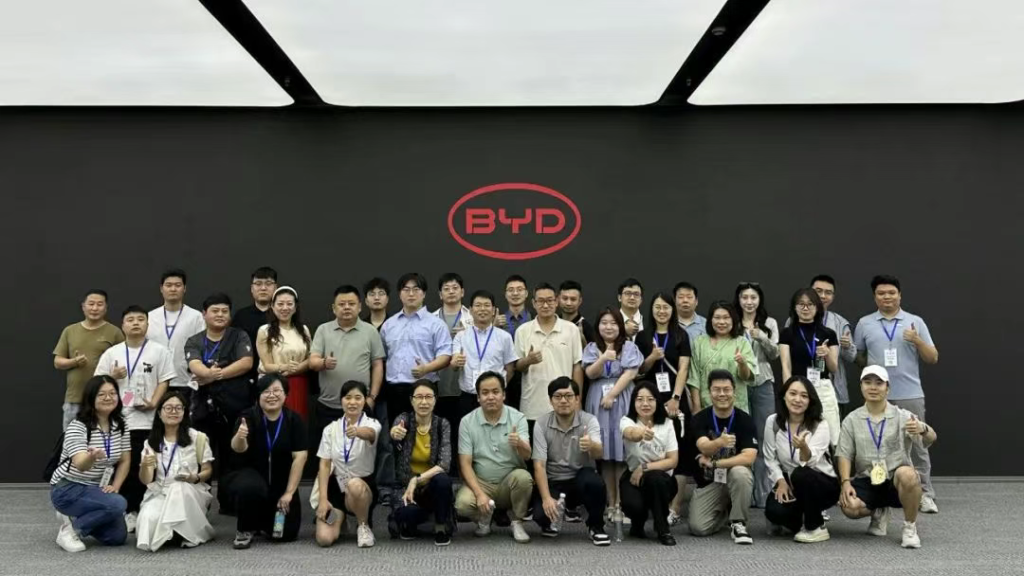
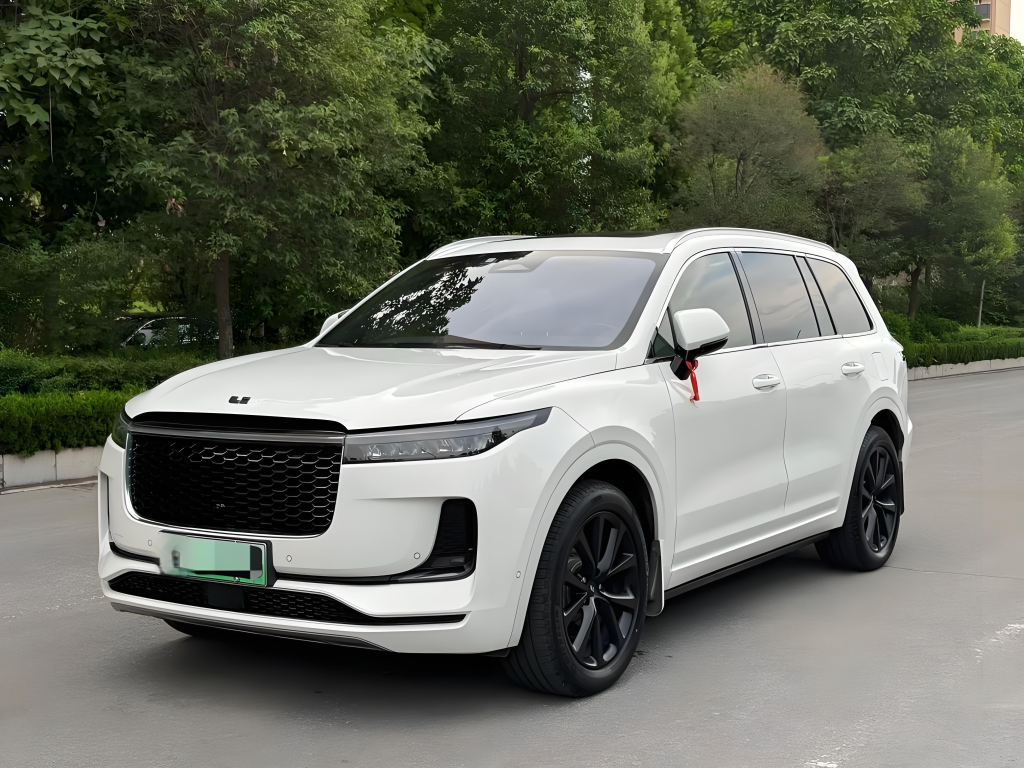
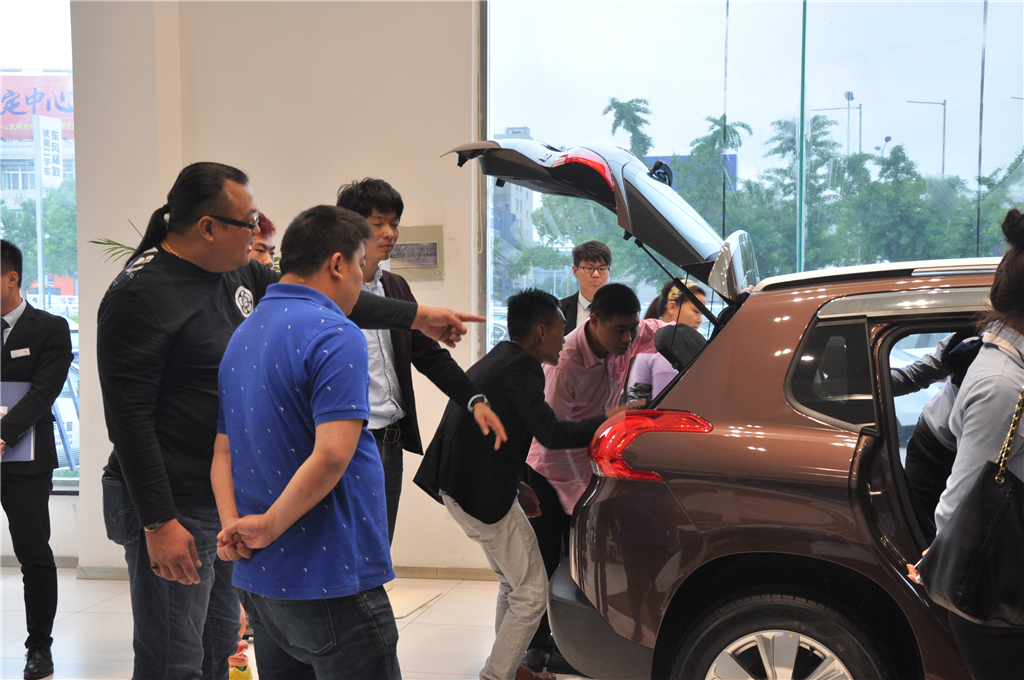
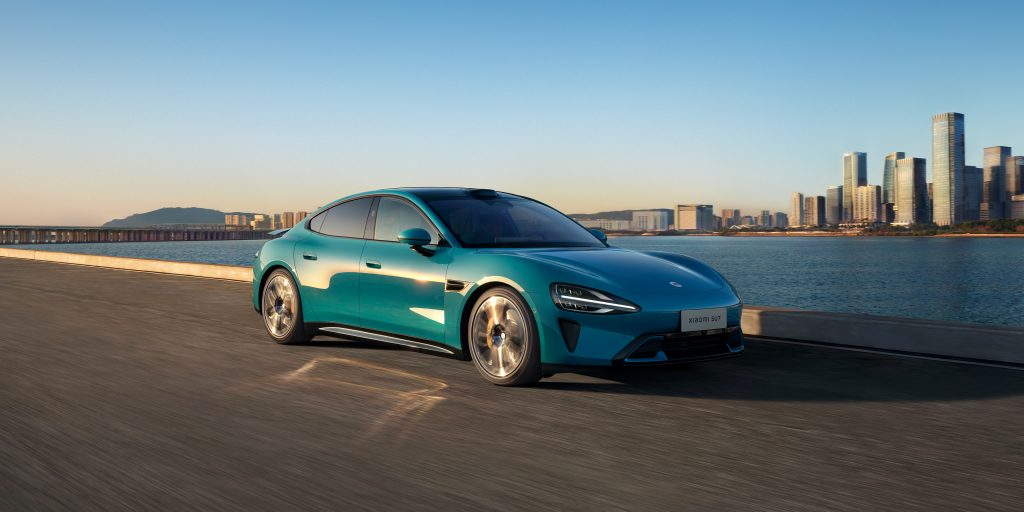

![[POLICY WATCH] CHINA’S 2025 CAR SCRAPPAGE SCHEME: HOW NEVS ARE RESHAPING THE MARKET](http://www.zingevs.com/wp-content/uploads/2025/07/388ec94d-e2cc-4894-97e0-48762c7e4d1d-1024x615.jpg)
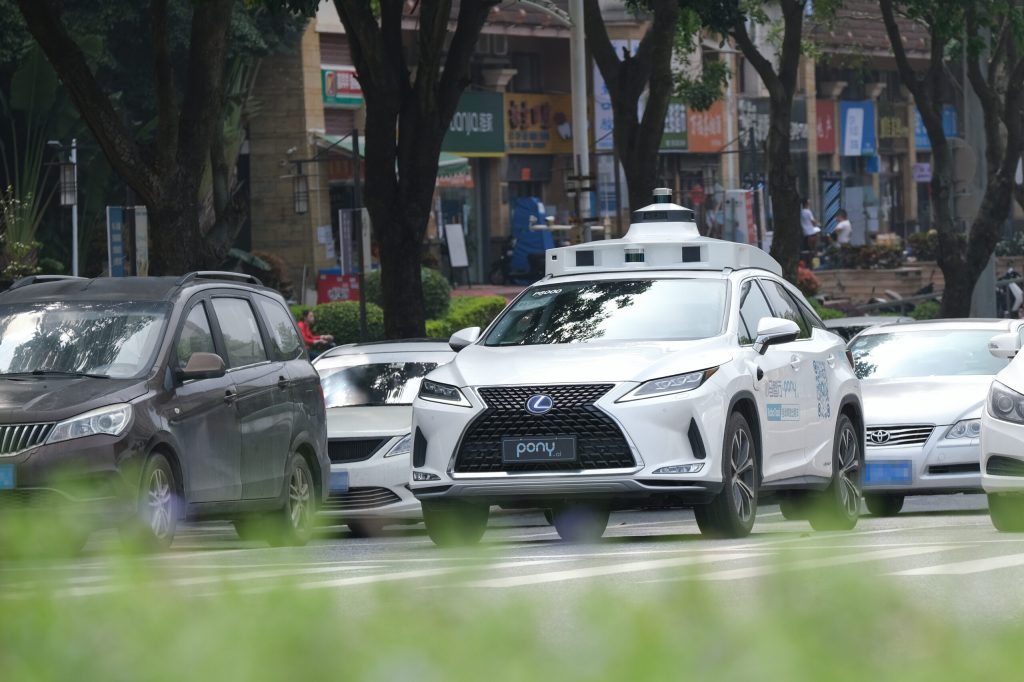

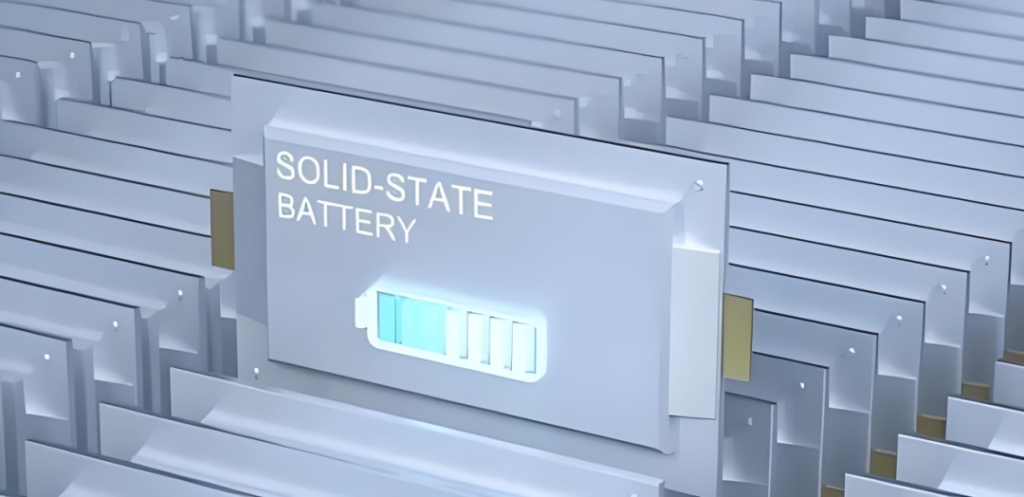
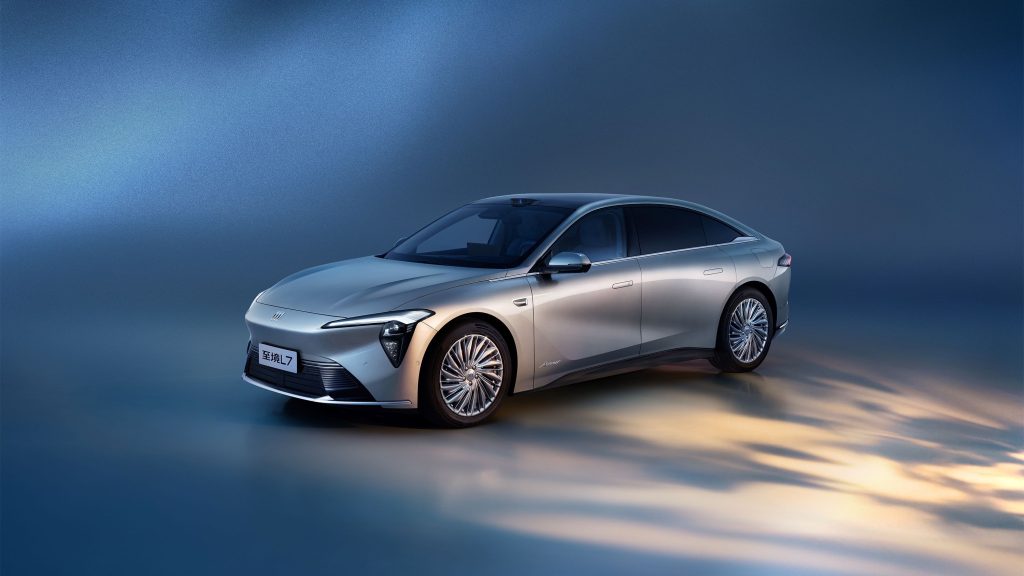

![[CONSUMER INSIGHTS] WHAT SHOULD CHINA LUX. NEVS LOOK LIKE?](http://www.zingevs.com/wp-content/uploads/2025/07/DM_20250705201845_001-1024x514.jpeg)
![[ETNC REPORT] EUROPE’S STRATEGIC DILEMMA: STUCK BETWEEN UNCLE SAM & THE PANDA](http://www.zingevs.com/wp-content/uploads/2025/07/DM_20250626225244_001-1024x683.jpg)
